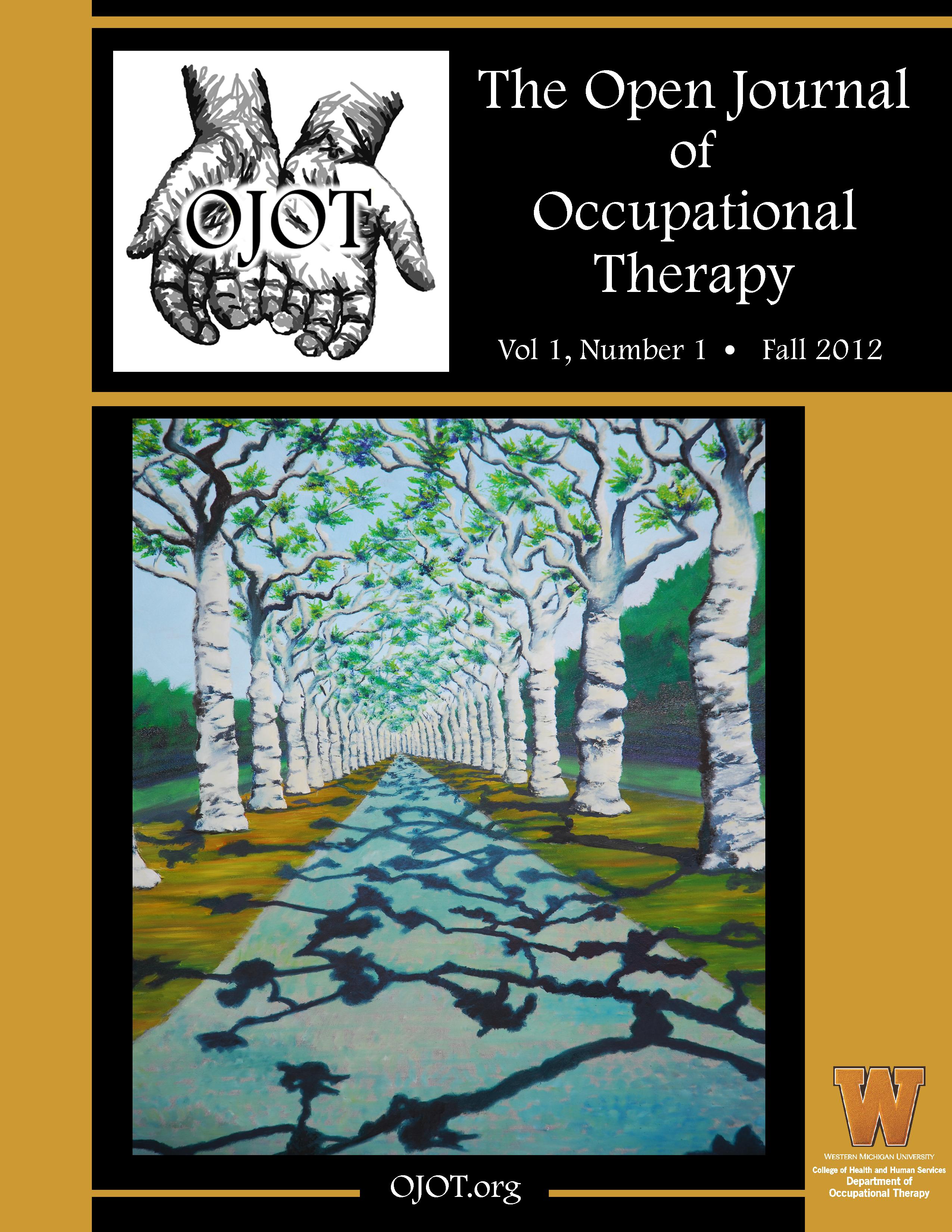ScholarWorks > HHS > OT > OJOT > Vol. 11 > Iss. 4 (2023)
Credentials Display
Priya Bakshi, OTD, OTR, CHT; Daisy Castillo, OTS; Heidi Mitchener, OTS; Zoee Lagerhausen, OTS; Lauren Paisley, OTS; Amanda Quinlivan, OTS; Brandi Andreae, OTD, MS, OTR
Abstract
Background: There is limited literature regarding therapists’ selection of thermoplastic material since the 1990s and less is known about the challenges of custom orthotic fabrication.
Methods: A cross-sectional survey was designed and distributed to members of the American Society of Hand Therapists in August 2021. The survey included closed-ended questions with option for free-text comments. Descriptive statistics and content analysis was used to analyze categorical data and free-text comments, respectively.
Results: The responses of 333 therapists were included in the study. Drapability, thickness, and rigidity were the main properties the therapists considered when selecting thermoplastic material (82.9%; 75.7% and 64.9%, respectively). The free-text analysis revealed thermoplastic material selection to be contextual. Occupation of client, activity level, size of body part, climate, purpose of orthoses (mobilize or immobilize), and comorbidities were factors considered when selecting material. Barriers to custom orthotic fabrication were experienced by 79.9% of the therapists. Barriers related to insurance were experienced the most (46.2%) followed by client factors, (27.9%) and administrative factors (18.3%). Limited reimbursement, high patient cost, lack of materials, and time and client compliance were the cited challenges.
Conclusions: Thermoplastic material selection is contextual. Therapists report custom orthotic fabrication to be challenging in the current health care environment.
Recommended Citation
Bakshi, P., Castillo, D., Mitchener, H., Lagerhausen, Z., Paisley, L., Quinlivan, A., & Andreae, B. (2023). Thermoplastic Material Selection and Barriers to Custom Orthotic Fabrication: A Survey of Occupational and Physical Therapists. The Open Journal of Occupational Therapy, 11(4), 1-11. https://doi.org/10.15453/2168-6408.2143



Comments
The authors declare that they have no competing financial, professional, or personal interest that might have influenced the performance or presentation of the work described in this manuscript.